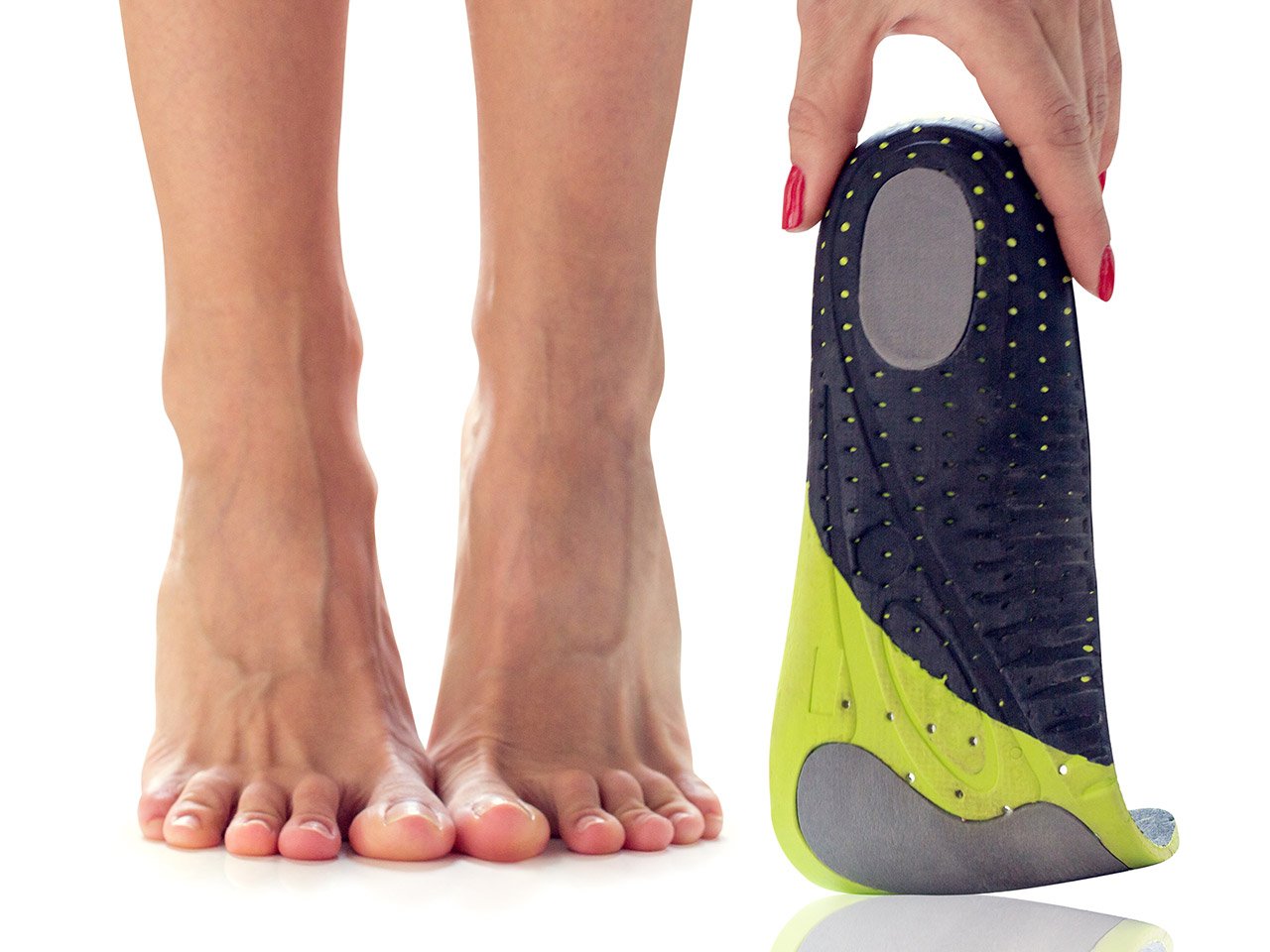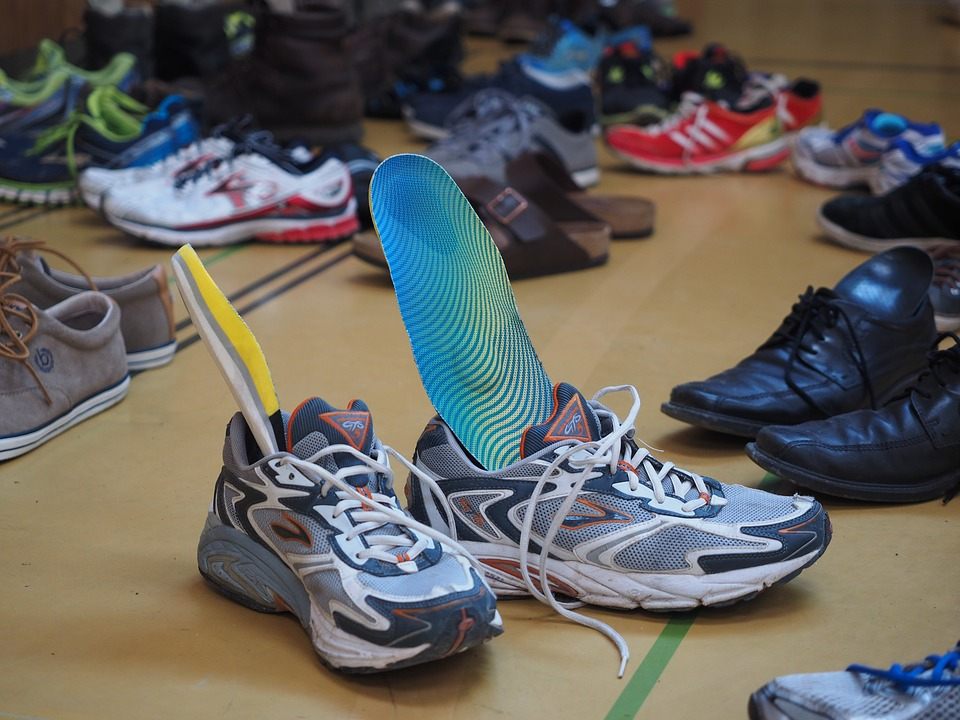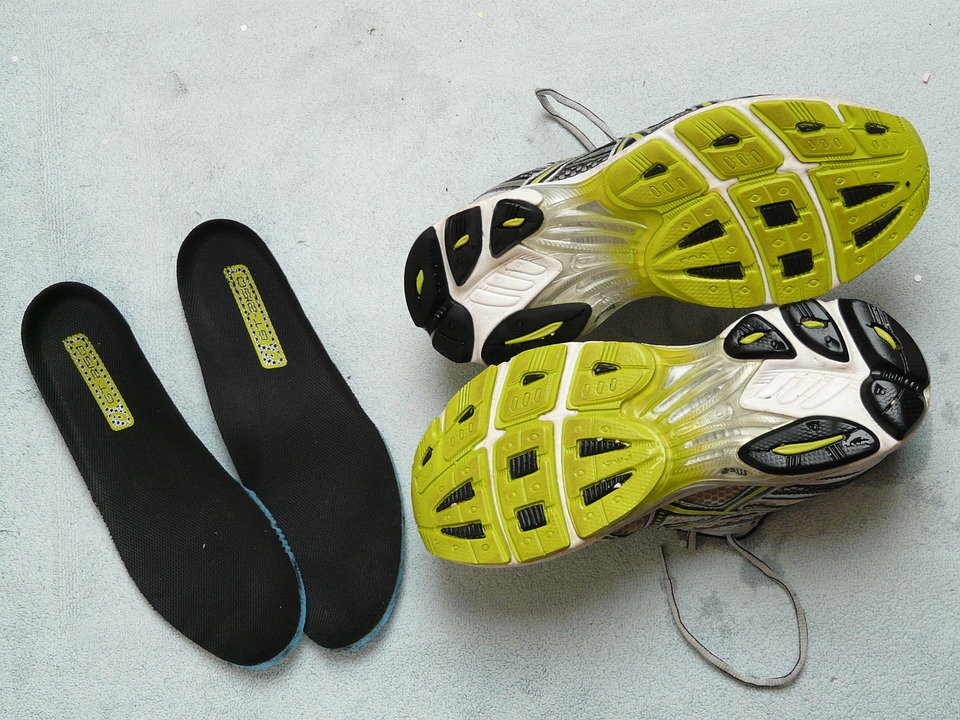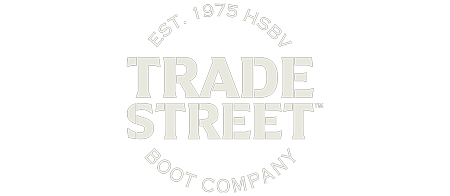Aug 30, 2021 / Insoles
Everything About Supportive Insoles

Maybe you’ve tried supportive insoles before, maybe not. Maybe you have no idea why someone would even need them. We’re here to clear the air on all things insoles—who knows, you just might learn something!
Our recommendations are based on what we’ve learned over decades in the footwear industry. Since we aren’t medical professionals, please consult with your healthcare provider for help with serious medical conditions.
Foot MechanicsBefore you can understand how a supportive insole works, you need to know some basics about foot mechanics. Here are the highlights:
- Your foot is naturally shaped with an arch that helps hold the foot up so that it can function on uneven terrain. Your foot’s arch can impact alignment from the tip of the toe up to your head and neck. Seriously, correct foot positioning affects the alignment of yourentire body! If you look at your foot when it’s lifted up off the ground, you can see the natural arched shape that provides this much-needed support.
- When you stand on the foot, the arch lowers and the foot becomes more unstable, causing displacement of the natural foot alignment. Minimal displacement is natural when standing and walking. The discomfort and pain arise when foot displacement becomes more severe.
When a foot displaces too far inward or outward and becomes unstable, it can adversely affect the alignment of all areas of the body--not just your lower half. That’s why it’s so critical to make sure your feet are properly supported and positioned. That way, the other parts of your body that depend on your feet for support are better aligned, reducing ergonomic pains and strains like lower back aches and plantar fasciitis which can lead to possible heel spurs.
For individuals with poor foot mechanics, the arch support offered by even a high-quality shoe may not be enough to correct the foot displacement. That’s where supportive insoles come in. These ergonomically designed shoe inserts work wonders to ensure proper alignment of your entire body, starting from your feet. But you don’t need to have a foot problem to benefit from a supportive insole--the beauty of a good insole is that it can take a healthy foot and make it even more comfortable in your shoe.
How Supportive Insoles Work
Supportive insoles, which can be referred to as orthotics, are designed to use when the arch support of shoes alone isn’t enough. An orthotic fits the natural arched shape of the foot and is designed to help avoid the collapse of the foot, especially excessive outward or inward displacement, during standing and walking--facilitating improved alignment of all joints and muscles in your body.
Supportive insoles also hold the foot in place to help you walk more centered. Not only does this help foster good posture and foot health, but it helps the shoe last longer since it wears better and keeps its shape.
Here are answers to a few common orthotics questions we hear from customers:
Should I choose a full-length or ¾-length insole?Both types are equally effective, but we’ve found ¾-length insoles to be ideal for use in shoes where you want to leave plenty of space in the toe area—like safety toe work boots or any shoe where the toe would become too tight with a full-length supportive insole.
What about memory foam insoles?
Memory foam insoles might initially feel good thanks to their extra cushioning, but they can collapse over time, losing their shape and the associated benefits and causing your feet to shift in the shoe, which leads to unhealthy displacement of the foot. As long as your traditional insole or orthotic contains the heel properly with a deep heel cup, which is where SuperFeet shines, the natural fat pad in your heel should provide you with plenty of cushioning.
What if I have plantar fasciitis?
Orthotics or foot sleeves are generally recommended if you suffer from plantar fasciitis. While you can get customized orthotics from a specialist, we’ve found that the vast majority of consumers with this condition find that over-the-counter insoles do the trick.
Our Favorite Supportive Insoles
Superfeet: Offers three levels of support depending on your needs: Green = highest profile, Brown = medium profile, Blue = lowest profile.
Aetrex: Offers insoles with a lower heel cup. Their MET insoles deliver additional support for the metatarsals in the middle of the foot.
The Takeaway
At the end of the day, supportive insoles help make the union between foot and shoe as harmonious as possible—whether you’re concerned with the fit of your shoe or foot mechanics issues. A properly fitted insole will help keep your whole body stable and well supported, from the top of your head to the tip of your toes.
Choosing the right insole is all about how it feels in your shoe. Purchase a supportive insole today and if you don’t like it, you’re welcome to return it!
Reviewed By:
Ed Stone brings over 45 years of footwear knowledge and passion to his role as President of Boot World, a family-owned company and an industry leader in safety and occupational footwear. A second generation "shoe dog” Ed's footwear knowledge is unparalleled, serving as an informal advisor for some of the worlds largest footwear brands including Wolverine, Timberland PRO, and Reebok Works.
A lifelong Southern California resident, and ardent conservationist, Ed enjoys hiking and open water swimming.















